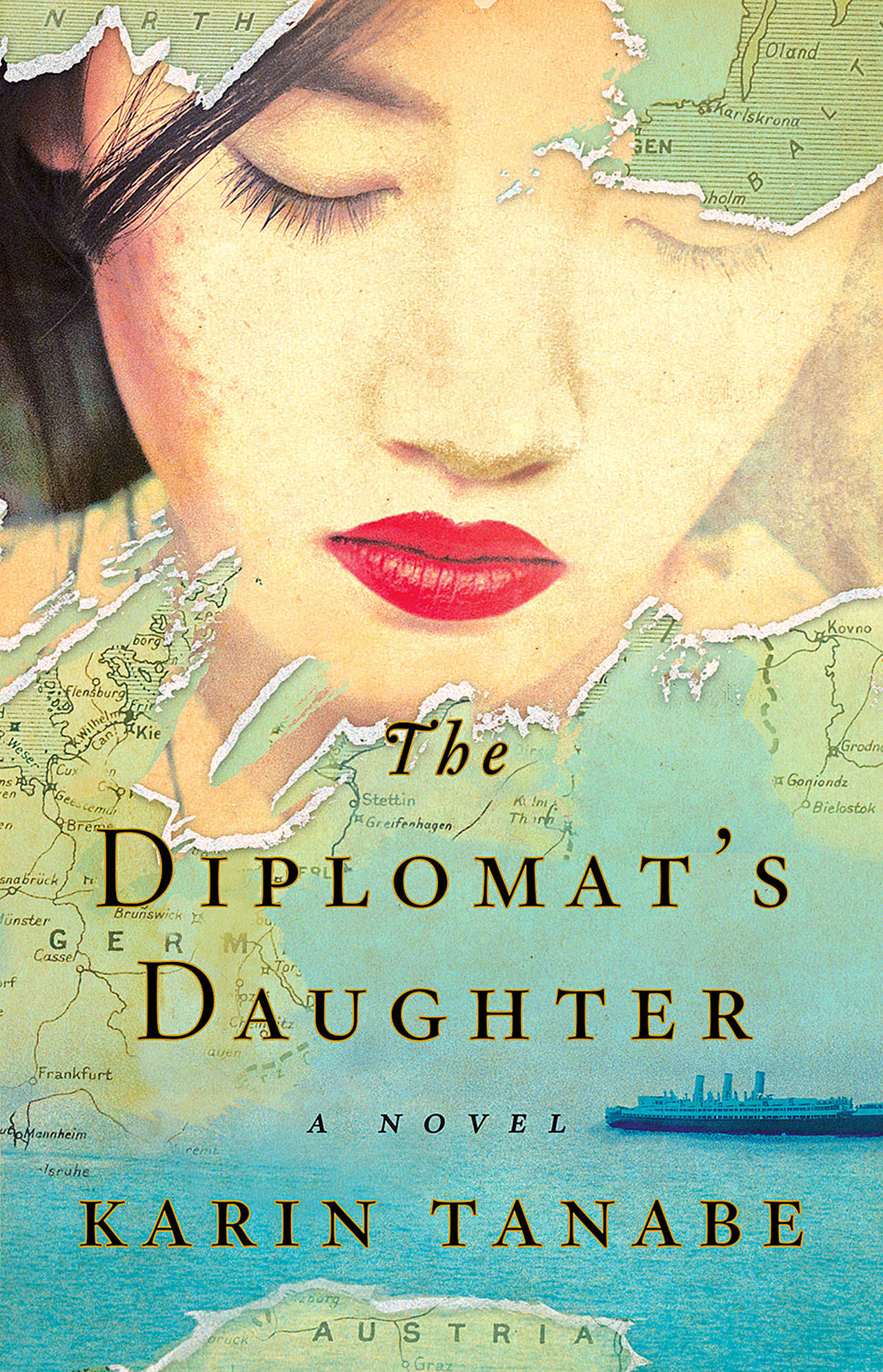By Carol Memmott / The Washington Post
Karin Tanabe’s moving new novel, “The Diplomat’s Daughter,” is set during the global turmoil of the late 1930s and ’40s, but its political resonance is timeless and its story is captivating.
On a white hot day, boys play football inside the fences of a World War II-era internment camp in Texas. Fellow prisoner Emi Kato notices how “un-Japanese” the boys seem. “It shocked Emi to think that the American government considered these fenced-in children dangerous. Aliens. They seemed almost like caricatures of American teenagers to her.”
Emi is the young woman for whom the book is titled. Cultured and outspoken, she is the daughter of a Japanese diplomat. She spends more than a year in an internment camp before being loaded onto a ship that will take her and hundreds of other Japanese back to Tokyo. Shipboard life is filthy, and promises of better conditions in Tokyo turn out to be false.
Emi’s story is inspired, in part, by that of Tanabe’s father, Francis, who was 3 years old and living in Japan when Tokyo was firebombed by American planes. (After coming to the United States, he worked for many years as art director of The Washington Post’s Book World.)
Before the war, Emi’s father worked at the Japanese embassy in Vienna. This intriguing plot thread allows Tanabe to incorporate the plight of Europe’s Jews into her story. As a young teen, Emi falls in love with a wealthy classmate named Leo Hartmann. Not long after, he and his parents flee the Nazis and eventually settle in Shanghai, where the Japanese hold them in a ghetto as starvation and disease steal thousands of lives.
Another plot line involves Christian Lange, a teenager living in Wisconsin. One night in 1943, federal agents enter the Lange home and arrest his German-born parents on charges of being anti-American. The Langes are legal U.S. residents who quickly learn they have no protections under the law. “We are at war with your country,” an agent tells them. “Your rights, or these rights you assume incorrectly that you have, no longer exist.”
The Langes will be repatriated to Germany but not before they are shipped to the camp where Emi is being held. There, Germans and Japanese are housed separately, but the two young people fall in love. After Emi and her mother are shipped to Japan, the America-born Christian turns 18 and enlists. His military service drops readers onto the bloody battlefields of the Pacific.
Tanabe’s descriptions of how these young people endure the physical and emotional suffering of war is riveting. Like any well-researched war novel, “The Diplomat’s Daughter” relies on familiar history. But Tanabe also includes details that many readers may not know, such as the fact that 11,000 Germans were interned in the United States, and that Shanghai was a haven, albeit a treacherous one, for Jews during the war.
She also includes the ironic history of Karuizawa, a Japanese mountain town where Emi’s parents send her to live out the hostilities. Though many refugees starved to death, Jews and Nazis coexisted somewhat peaceably there until war’s end.
All this makes for rich reading. And even though we know how World War II concludes, the fates of Emi, Leo and Christian will surprise you.
Talk to us
> Give us your news tips.
> Send us a letter to the editor.
> More Herald contact information.

























